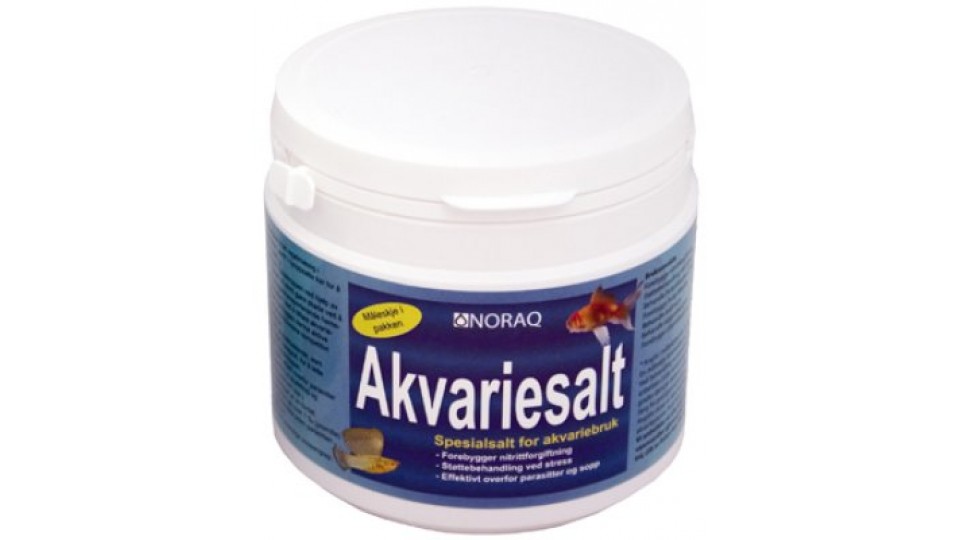Click to hear the article read aloud (summery table omitted due to glitch in software)... Please refere to text on screen for the summery data on disinfection table.

In 1989 I bought some birds from a breeder that had FM. I did not know anything about the disease at the time.
Then another breeder was informed of my purchase and she said to me: "Do you know what French molt is?"
I answered: "No". I was told what it was, and sure enough, 3 weeks after the purchase the symptoms in the nestboxes became evident - all the tails and wing feathers dropped off all chicks. Another phenomen I observed that round was that the chicks seemed scared of me - this hadn't happened before.
So the advice I got was to cull all the chicks, keep only adult breeders and rest the birds for at least 6-8 months. I did. I was also instructed to use household bleach to disinfect all equipment with. Also change out all nest boxes for new ones.
I did all of the above, but also moved the breeding stock to a new birdhouse. Never had any FM birds after that.
So It is possible to get rid of the infection, but one must realize that PI (persistently infected birds) are a problem if you keep birds born during an outbreak.
Originally some researchers detected avian polyomavirus in some of the diseased birds in the 1980ies. Be aware that these resulta are still circulating on the web, but they are erronous. The big breakthrough came in the year 2000 when undersigned investigated FM-chicks in a project in collaboration with the Norwegian Budgerigar Club (NUK, Norsk Undulat Klubb) for the presence of PBFD viral DNA in samples from a collection of breeders. It then became obvious that the PBFD-virus was the real culprit. 25 years ago today and the follow up testing of outbreaks of FM has confirmed the findings - only in about 5-10% of cases we find avian polyomavirus and then usually together with the PBFD-virus.
Here are the key physicochemical and structural properties of the virus known as Beak and Feather Disease Virus (BFDV) — formerly “psittacine circovirus” — which causes Psittacine Beak and Feather Disease (PBFD) in parrots:
Basic classification
-
Family: Circoviridae, Genus: Circovirus. (woah.org)
-
Hosts: Primarily psittacine (parrot) species; there is also documented spill-over into some non-psittacine birds. (Nature)
-
Disease manifestations: Feather dystrophy, beak & claw deformities, immune suppression. (IVIS)
Virion / Particle structure & size
-
The virion is non-enveloped, meaning it lacks a lipid envelope. (pmc.ncbi.nlm.nih.gov)
-
Symmetry: Icosahedral capsid, typically with T = 1 symmetry (the simplest icosahedral symmetry). (viralzone.expasy.org)
-
Diameter: The literature reports particle diameters in the approximate range of ~14-22 nm, with many sources giving ~17-20 nm. (BioMed Central)
-
Capsid protein: The major structural protein (“Cap”) has been characterized: it self-assembles into the virion capsid, and entries (e.g., in UniProt) note a diameter of ~17-22 nm. (UniProt)
Genome & gene products
-
Genome type: Circular, single-stranded DNA (ssDNA). (viralzone.expasy.org)
-
Genome size: ~1.7–2.0 kilobases (kb) (i.e., ~1,700-2,000 base pairs) for BFDV. For example: “genome consisted of 1,993 bp” in one isolate. (journals.asm.org)
-
Genes: At minimum two major open reading frames (ORFs) encode:
-
Replication-associated protein (“Rep”)
-
Capsid protein (“Cap”) (pmc.ncbi.nlm.nih.gov)
-
-
Replication mechanism: Rolling-circle replication via a dsDNA intermediate (common to circoviruses) in host nucleus. (viralzone.expasy.org)
Physicochemical stability & environmental resistance
-
The virus is noted to be highly stable in the environment: for example, some sources say it is “resistant to extremes of temperature and many chemical disinfectants.” (sciencedirect.com)
-
Because of this high persistence, strict cleaning and disinfection protocols are emphasised when managing infected flocks or environments. (IVIS)
Other relevant features
-
Hemagglutination: The virus has been shown to hemagglutinate avian erythrocytes (e.g., from cockatoos) under certain conditions. (PubMed)
-
Protein composition: One older study reported three major viral proteins (approx. 26.3 kDa, 23.7 kDa and 15.9 kDa) in purified virions from different psittacine genera. (ResearchGate)
Summary Table
| Property | Value / Description |
|---|---|
| Envelope | None (non-enveloped) |
| Capsid symmetry | Icosahedral, T = 1 |
| Particle diameter | ~14-22 nm (typical ~17-20 nm) |
| Genome type | Circular ssDNA |
| Genome length | ~1.7-2.0 kb (~1,700-2,000 bp) |
| Major genes | Rep (replication protein), Cap (capsid protein) |
| Environmental stability | High: resistant to temperature extremes & many disinfectants |
| Hemagglutination | Yes, with some avian erythrocytes |
Summary table of key data
| Parameter | Value / Note | Source |
|---|---|---|
| Thermal inactivation (circovirus) | ~80 °C for 1 hour | woah.org |
| pH stability | Stable roughly pH 3-9 | woah.org |
| Chemical inactivation examples | Iodine; 1% glutaraldehyde; 0.4% β-propiolactone; 10% NaOCl | woah.org |
| Specific to BFDV: “no known disinfectant kills it completely” (practical statement) | Suggests high tenacity, need for cautious hygiene | IVIS+1 |
| Recommended product for use | Virkon S 1% solution (≈10 min contact) | seiko-giken.jp |




